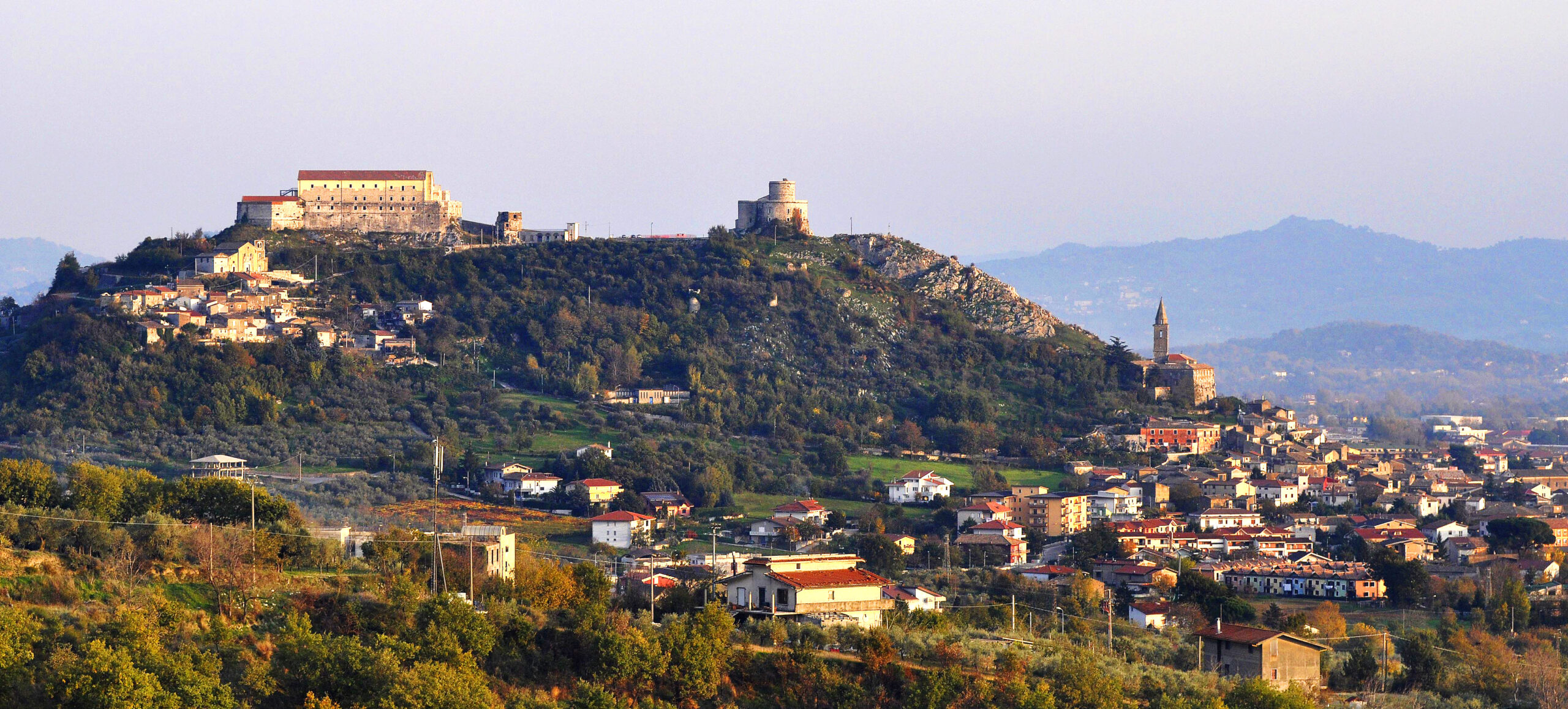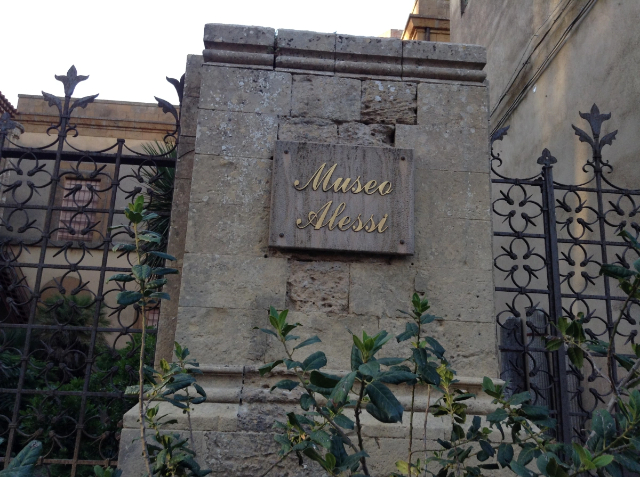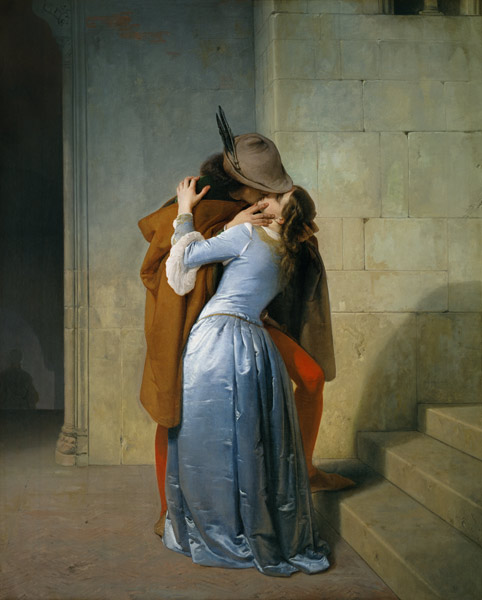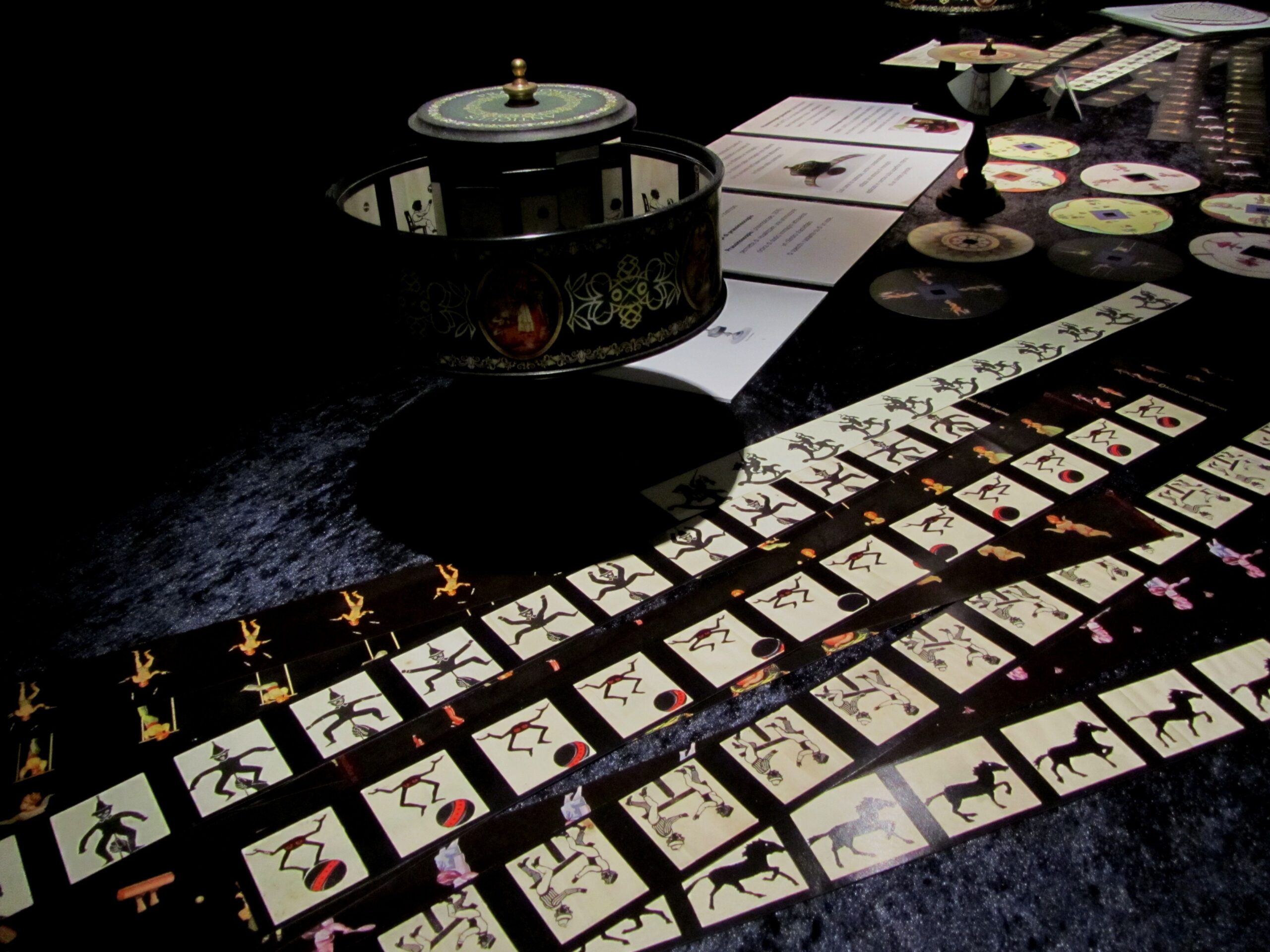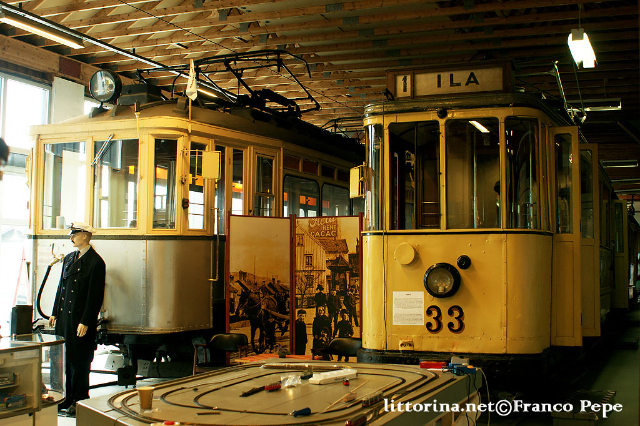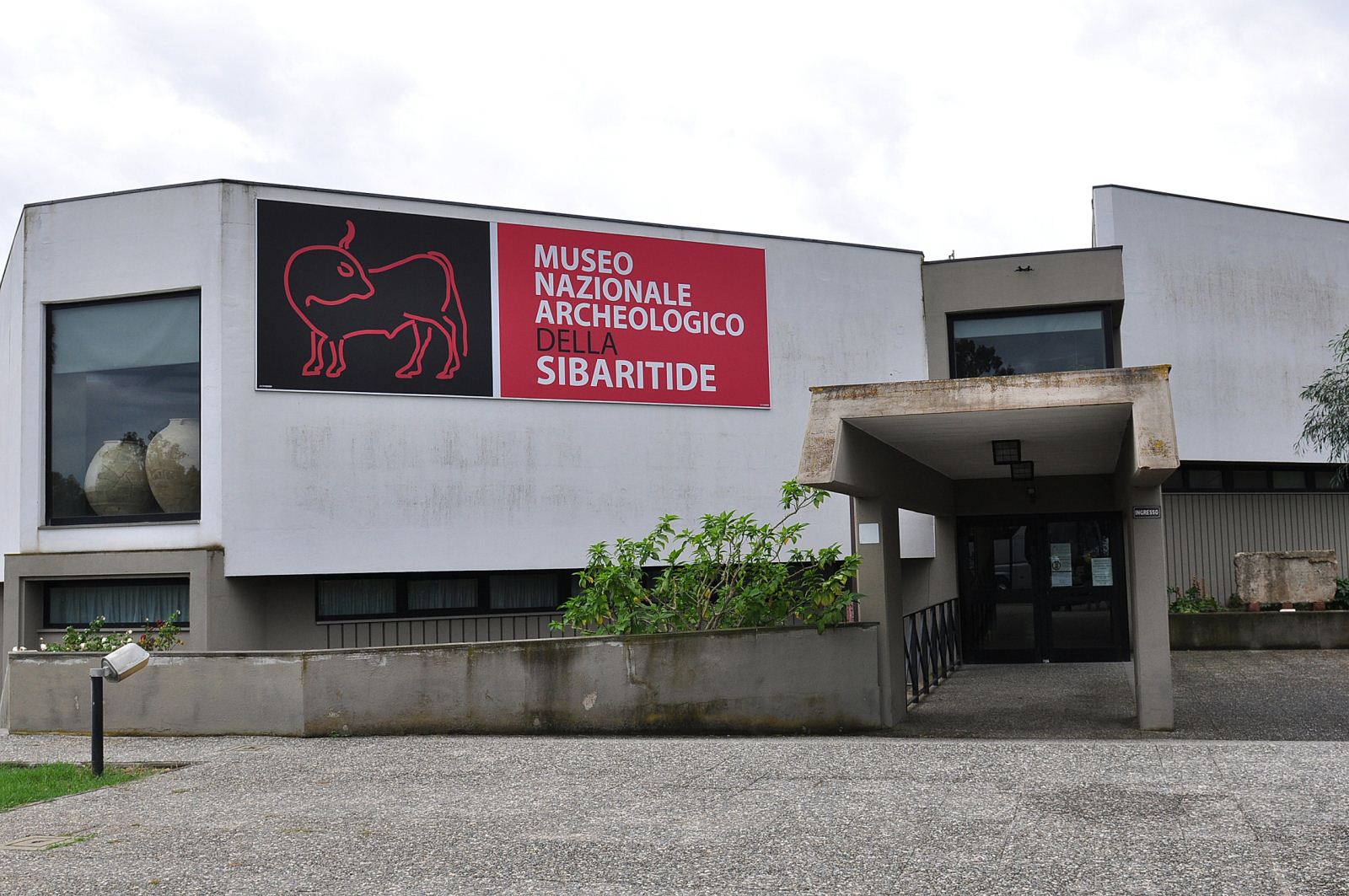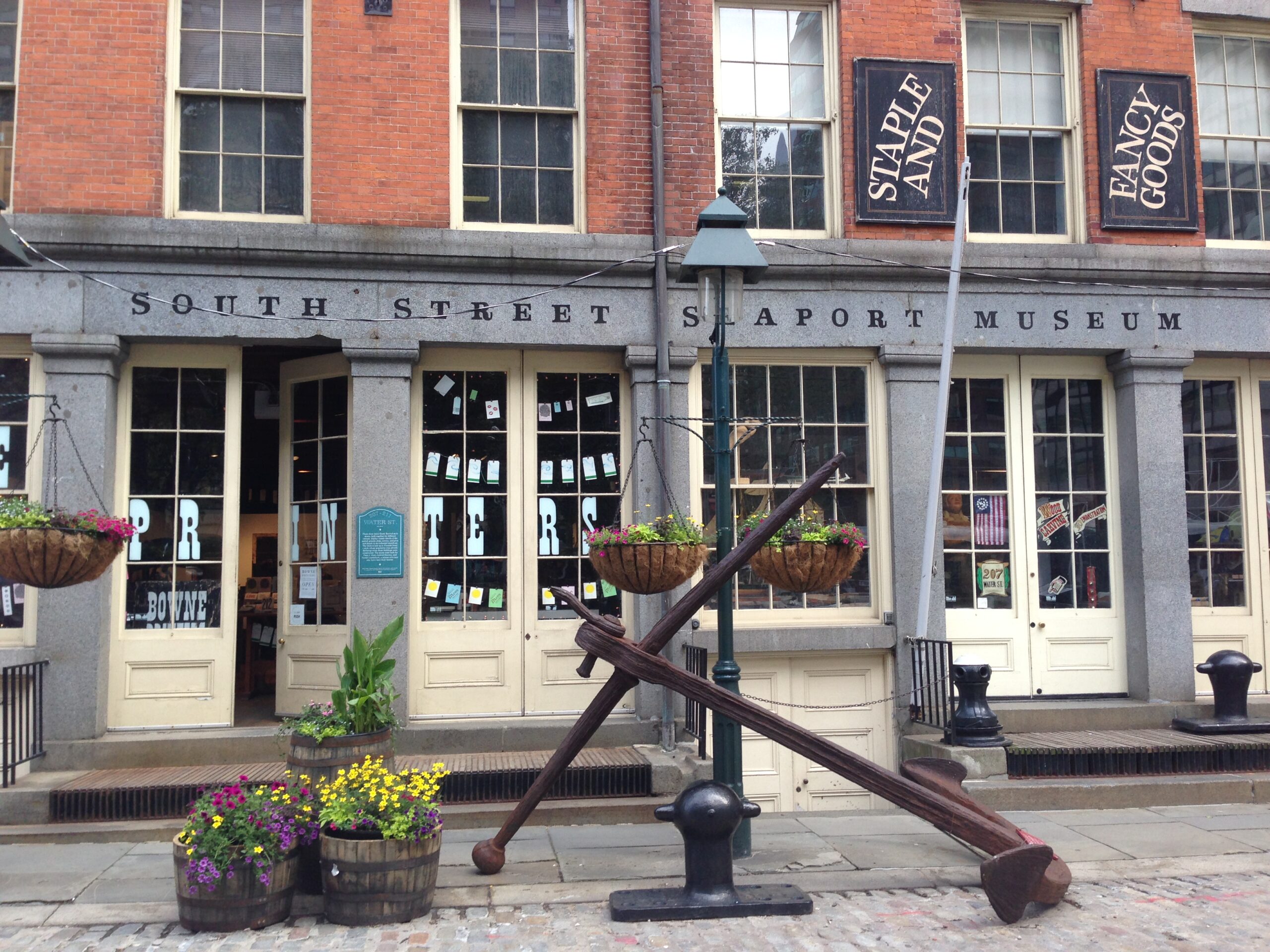The museum was built inside the central body of the Montesarchio Castle, a structure built in Norman times but subject to continuous remodeling until the mid-19th century. In this era, two different bodies were built, obliterating much of the pre-existing medieval remains, for the building’s use as a prison of the Kingdom of Naples.
In the 1950s, when the Bourbon prison was closed, the premises were used to house the "Mater Orphanorum" orphanage, active until the late 1980s. Of the original medieval structure only the external fortifications dating to the Aragonese period and underground rooms used as cisterns are preserved intact.
The museum layout, which is still provisional pending the completion of restoration work on the monument, is dedicated to the history and archaeology of the Caudina Valley and for the time being develops in six rooms located on the second floor of the building.
From the reconstruction of the landscape in prehistoric times (Room I), accompanied by the display of artifacts found in various localities of the Sannio Caudino, we move on to the large section devoted to the site of Caudium, today’s Montesarchio (Rooms II-IV). On display in chronological order are a number of grave goods from the Caudine necropolis, datable between the mid-8th and 3rd centuries B.C., which testify to the richness and complexity of the site, which was involved in intense trade with the Greek cities of the coast and the Etruscan-Campanian world. Of particular interest are the numerous figured vases of Attic and Italiot production-especially craters-found in tombs dating from the 5th-4th centuries BCE. The last part of the tour is devoted to the other two important centers of the Sannio caudino: Saticula (Sant’Agata dei Goti) and Telesia (S. Salvatore Telesino), of which illustrative materials from the rich necropolis are exhibited.
